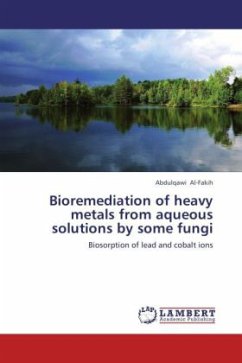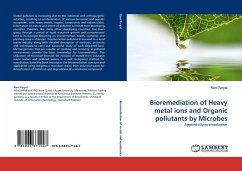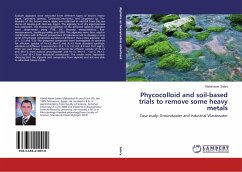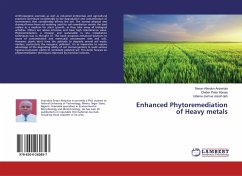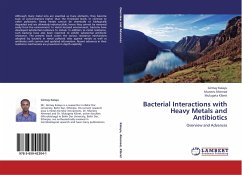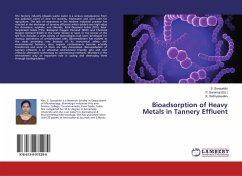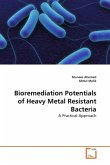Heavy metals are widespread pollutants of great concern as they are non degradable and thus persistent. These metals are used in various industries from which effluents are consequently discharged into the environment. Introduction of metals in various forms into the environment can produce numerous modifications of microbial communities and affect their activities. In order to survive in heavy-metal polluted environments, many micro-organisms have developed means of resistance to toxic metal ions.At higher concentrations, however, heavy-metal ions form unspecific complex compounds in the cell, which leads to toxic effects. Some heavy-metal cations, e.g. Hg2+, Cd2+and Ag+, form strong toxic complexes, which makes them too dangerous for any physiological function. Microbiological processes can either solubilize metals, thereby increasing their bioavailability and potential toxicity, or immobilize them, and thereby reduce the bioavailability of metals. These biotransformations are important components of biogeochemical cycles of metals.


